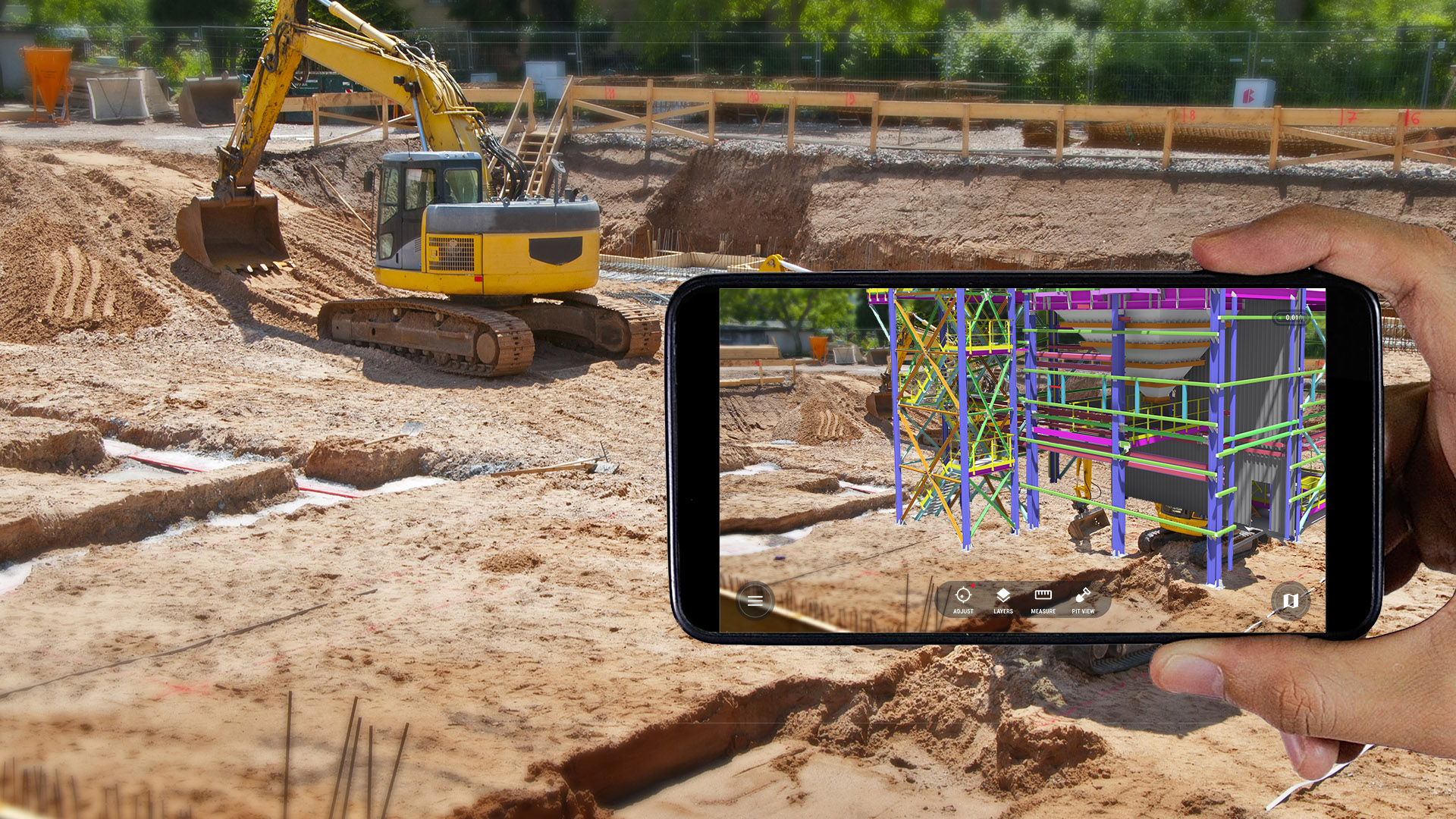
Transforming Construction with 7 Augmented Reality (AR) Applications
Augmented reality (AR) is quickly becoming a game-changer in numerous industries, and the construction industry is no exception. This technology provides an interactive experience of a real-world environment, with computer-generated enhancements that can include elements such as sound, video or GPS data.
For the construction industry, incorporating AR means that workers and project managers can visualize and manipulate elements of a project before it physically exists. From project visualization, training, and safety to improved communication and error reduction, AR has numerous applications that are revolutionizing construction practices, making them safer, more efficient, and more precise.
This article aims to delve into seven key AR applications that are transforming the face of the construction industry. After reading today’s post, check out XYZ Reality’s cutting-edge demonstration of 7 applications for augmented reality (AR) in construction.
AR vs. VR – what’s the difference?
While augmented reality and virtual reality are immersive technologies that have found significant applications in industries like construction, they are fundamentally different. Let’s take a closer look at how these two technologies diverge:
Augmented reality:
- AR overlays digital information on real-world elements. AR technology supplements reality rather than replacing it.
- AR is interactive in real-time. It allows users to manipulate digital overlays in their natural environment.
- AR can be accessed through common devices like smartphones and tablets, making it more accessible to a wider range of people.
Virtual reality:
- VR creates an entirely digital and completely immersive environment. It transports users to an entirely different reality, effectively cutting them off from the real world.
- Interaction within VR environments is possible but usually requires specialized VR equipment like headsets and sensory gloves.
- VR typically needs more sophisticated hardware, which can limit its accessibility compared to AR.
While both AR and VR offer exciting possibilities for enhancing our perception of and interaction with the world, they do so in different ways. AR enhances our reality by adding digital elements, whereas VR replaces our reality with a completely new one.

Seven augmented reality applications transforming the construction industry
Here are seven ways augmented reality is reshaping how the construction industry operates.
- Site planning: Before the construction phase begins, AR can be used to visualize the project on the actual site. This not only aids in comprehending the project’s scale and context but also helps identify potential issues that arise during the construction phase.
- Safety training: AR provides an interactive platform for safety training. Workers can simulate various safety scenarios, enhancing their understanding of could-be risks and how to mitigate them.
- Real-time project visualization: With AR, project managers and workers can visualize the final outcome in real-time, consequently improving the decision-making process.
- Improved collaboration: AR allows for improved collaboration between various stakeholders of a project. With real-time 3D models, any changes made by one party are immediately updated for all others involved, reducing discrepancies and misunderstandings.
- Quality control: AR can assist in quality control by overlaying virtual images on the construction site, allowing for immediate comparison and identification of any deviations from the plans.
- Maintenance and repair: Post-construction, AR can play a significant role in maintenance and repair. AR can provide visual instructions and guidance, making the process more efficient.
- Marketing and sales: AR can be used to create immersive walkthroughs, allowing potential customers to visualize the final product before construction begins. This can greatly enhance marketing and sales efforts in the construction industry.
Each application employs AR to improve safety, efficiency, and accuracy in the construction industry – making it a crucial tool in modern construction.
Conclusion – Where construction meets augmented reality
In conclusion, augmented reality is undeniably reshaping the construction industry. It offers valuable solutions that increase efficiency, foster better collaboration, enhance safety training, and even provide powerful tools for marketing and sales.
As AR technology continues to grow, its applications within the construction industry are poised to become even more integral and transformative. The future of construction lies in leveraging such digital advancements to build smarter, safer, and more efficient structures, promising an exciting new era of innovation in the field.




